HIS 265: Primary Sources
1/19
There's no tags or description
Looks like no tags are added yet.
Name | Mastery | Learn | Test | Matching | Spaced |
|---|
No study sessions yet.
20 Terms

Tell me about this Primary Source
Author: Dong Zhongshu
Created: 141 - 87 BCE
Context: Heaven, the earth, and human kind is the foundation of all living things. Meaning that when the ruler shall rule, their rule will be harmonious and orderly because they are the centre of living things.

Significance and additional info of this Primary Source:
Significance: Dong wrote to spread Confucian ideals and make it state ideology
Related info: During the time of the Han Dynasty, which was a time of political instability and a fight for power
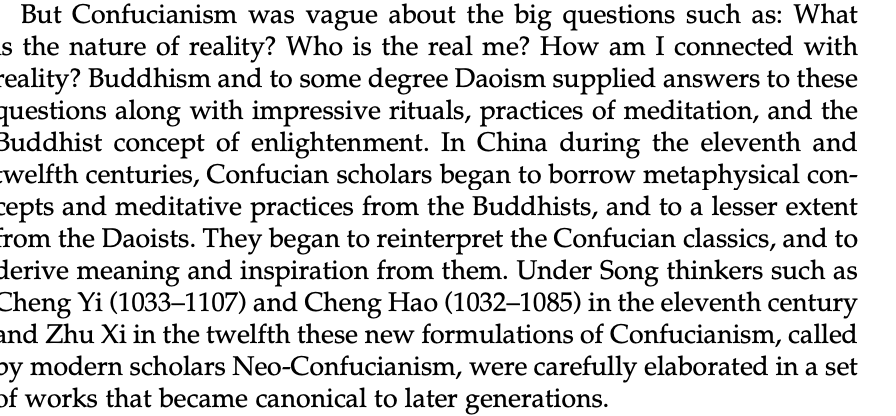
Tell me about this primary source:
Author: Michael Seth
Date: ?
Context: It is the Samguk Yusa (Info about ancient Korean history)

Significance and Related Events
Significance: Rise of Neo-Confucianism transformed Korean society and cultural norms, leading to re-establishment of government and society

Tell me about this primary source:
Created: 8th or 6th century
Author: Chandogya Upanshid
Context: Talks about Varna-Jati System

Significance of this primary source:
Significance: Emphasizes good and bad karma and reflection of caste system
Related Events: Proposed during Vedic Culture (Time of spiritual and philosophical beliefs
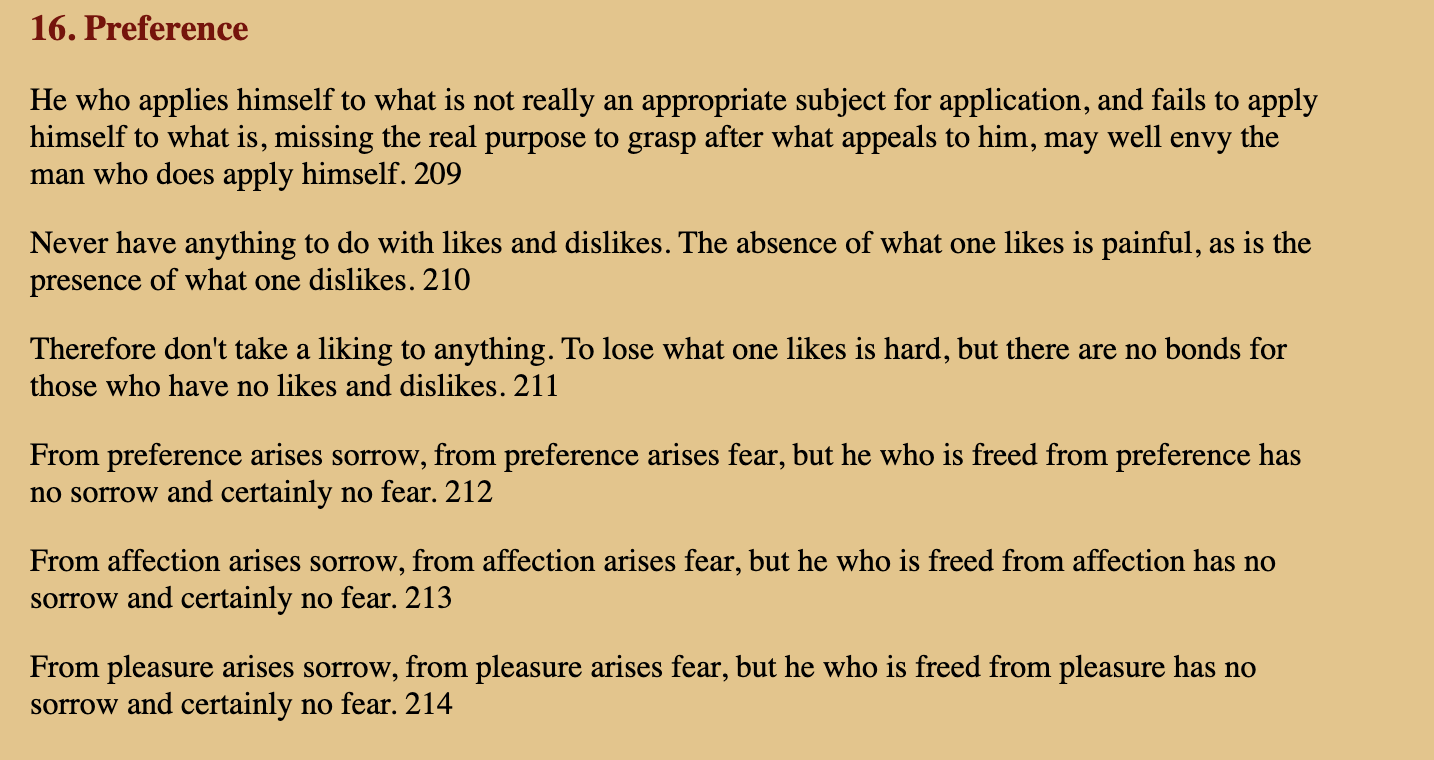
Tell me about this primary source:
Author: Siddhartha Guatama
Created: Around 3rd century
Context: From Dhammapadha, a text about ethical conduct and mental discipline.
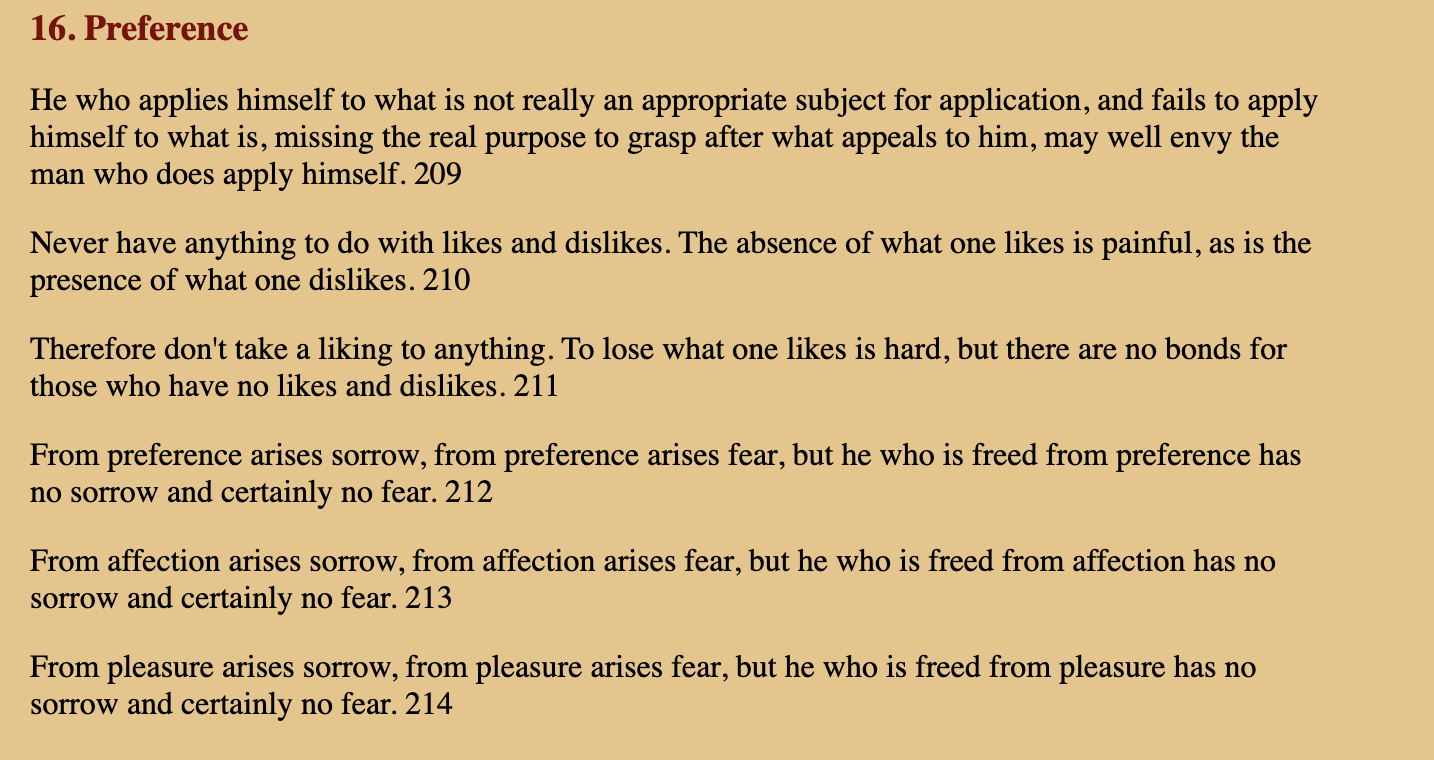
Significance of this primary source:
Emphasizes that being free from pleasure, craving, and affection is key for enlightenment and free from sufferring

Tell me about this primary source:
Author: Ptolemy
Date: 2nd century
Context: Map of the world known to Roman Society at the time

Significance and related events of this primary source:
Significance: Influenced future explorers and map makers to explore other parts of the world like Asia and the Middle East
Related Events: Contributed to Orientalism as it inspired the idea of exploring the East
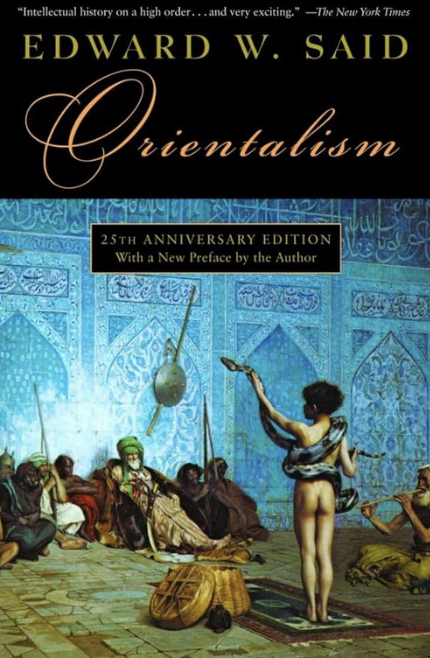
Tell me about this primary source
Author: Edward Said
Date: 20th century
Context: Criticism of misrepresentation and stereotypes in Academic sources
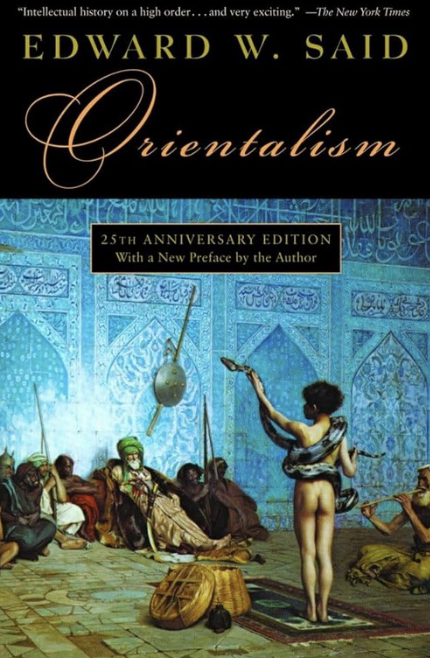
Significance of this source:
Western scholars interpretation of the East is built off fetishization and cultural dominance
Related: The orient and Sir William James (founder of orient)

Tell me about this primary source:
Author: Kipling
Date: 19th century
Context: Poem called “White man’s burden”, reflecting the belief that the West feels obligated to civilize the East

Significance of this primary source:
Emphasizes the similar problematic pattern of beliefs that Western colonizers have. That the East needs to be civilized and educated about Western culture

Tell me about this primary source:
Author: Qian Xun
Created: 20th century
Context: Talks about the immigration of Chinese people to Indonesia during Dutch colonial era
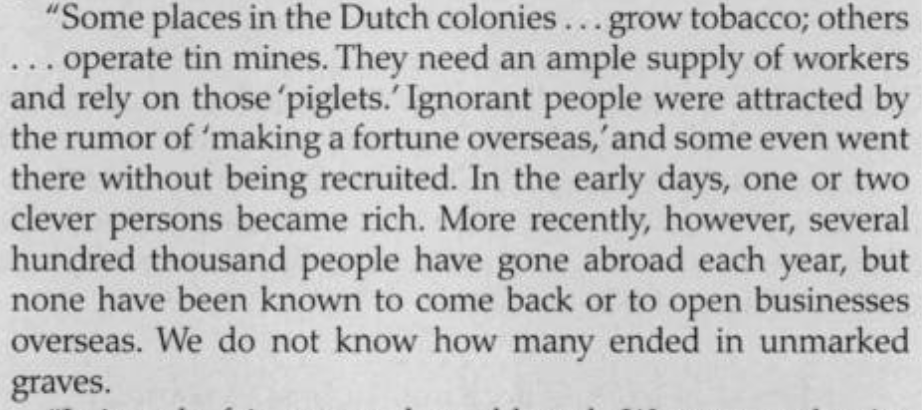
Significance of this primary sources:
Provided first hand experiences of conditions and discrimination Chinese, generally most Asian immigrants faced during the colonial era

Tell me about this primary source:
Author: Emperior Qianlong
Date: 20th century
Context: Qianlong Emperor’s letter to King George III refusing Western help or resources, leading to the decline of China
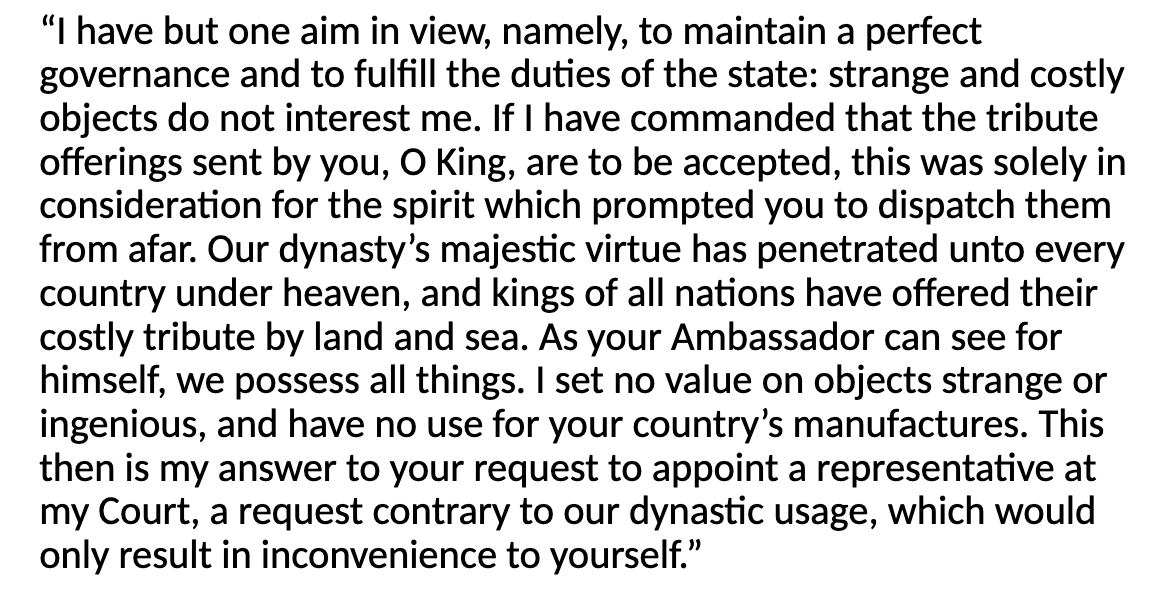
Significance of this primary source:
Marked the beginning of decrease in Chinese sovereignty, opium trade, military conflicts, and Western invasions
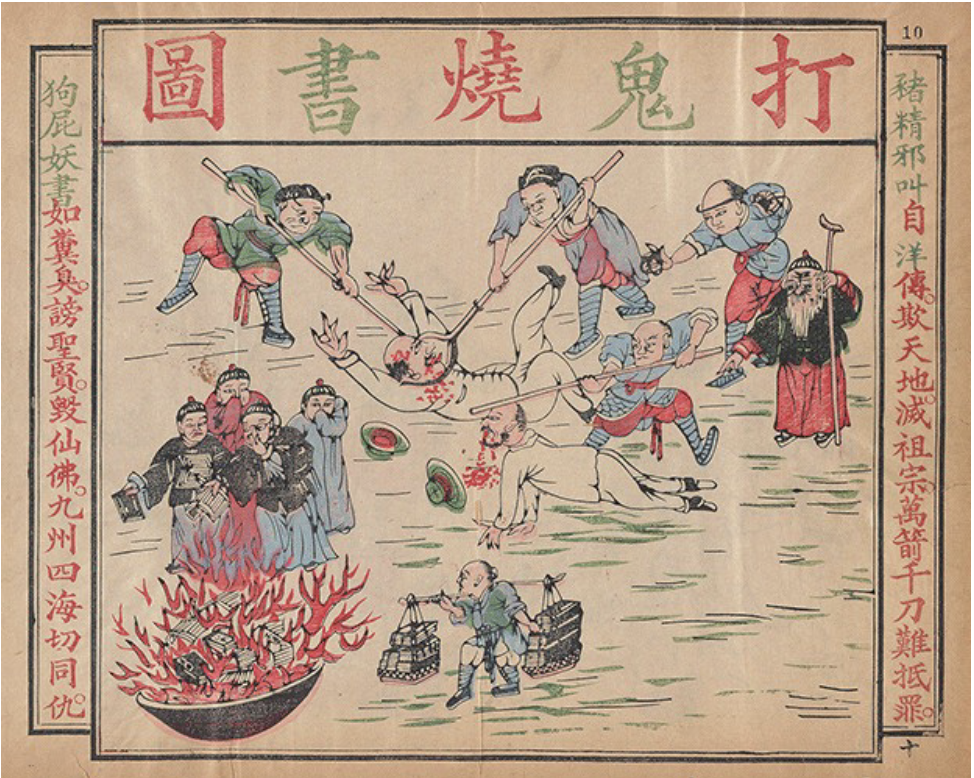
What is this source:
Date: 19th century
Author: Anti-Chinese Pamphlet
Context: Depiction of Boxer Rebellion (Anti-foreign nationals in China)

Significance of this primary source:
Reflects the internal conflicts of China during the Qing dynasty, leading to external military invasions due to military intervention from the West during the boxer rebellion